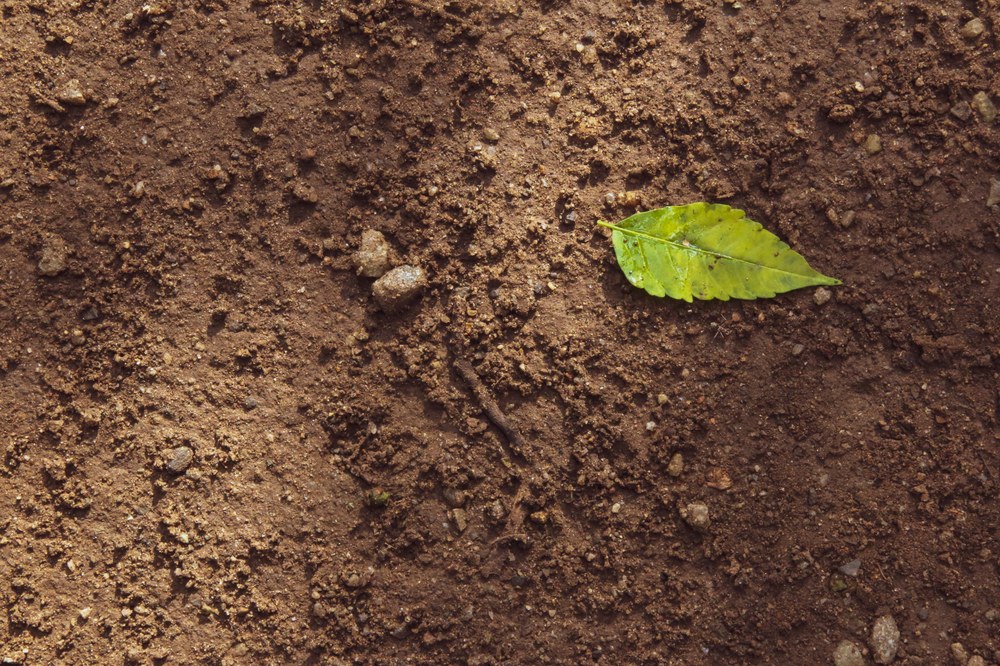Learn about the wise use of fertilizers, including organic options.

Photo credit: Glen Carrie on Unsplash
Fertilizing our gardens, lawns and landscapes has always been an integral part of gardening. We have appreciated the usefulness of fertilizing since humans domesticated crops. Throughout history, available fertilizers included manures, composts and guano. Now chemical fertilizers are so readily available and relatively cheap that it is easy to fertilize more than we should. We over-fertilize sometimes to the detriment of the plants we are growing and to the environment. Excessive nitrogen can delay or prevent flowering and fruit production. We misuse fertilizers by allowing them to lie on impervious surfaces like sidewalks and streets. I attended the Marietta Garden Tour in September and all of the storm drains there and in many other locations are marked encouraging responsible behavior in the interest of the Susquehanna River and the Chesapeake Bay. How did we get to this point where we sometimes take the ease and convenience of chemical fertilizers for granted?
Phosphorus, nitrogen and potassium deposits have been mined and refined into fertilizers since the 19th century. Despite composing 78% of our atmosphere, nitrogen has traditionally been the essential element that limited plant growth more than any other. Largely for this reason we had begun to accept that the human population of 1.6 billion at the beginning of the 20th century was perhaps the most that our planet could support. Then about 100 years ago German chemist Fritz Haber invented the process still used today that uses nitrogen from the atmosphere to manufacture nitrogen fertilizer. This development was hailed by some at the time as providing "bread from the air." Today, this process produces 500 million tons of nitrogen fertilizer every year.
Of course most of the nitrogen fertilizer we use today is in the interest of food production. In fact, nearly 80% of the nitrogen found in human tissues originated from what is now known as the Haber-Bosch process. When we visit our local garden center and purchase fertilizers to "feed" our landscapes, we are buying into an industrialized process that dramatically alters our world. The very stable nitrogen in our atmosphere requires the application of intense heat and pressure to turn it into fertilizer. Producing each ton of nitrogen fertilizer requires the consumption of 33.5 million BTU's of natural gas. Then it has to be shipped, packaged and applied. The efficiency of nitrogen use by the plants to which we apply it is typically less than 50% and environmental factors can reduce efficiency dramatically. Nitrogen fertilizer on an impervious surface can be swept into waterways due to its high solubility. If it lies on any surface it can volatilize back into the atmosphere as nitrous oxide, a powerful greenhouse gas.
If you are able to reduce your use of chemical fertilizers and replace them with compost and other natural sources, your garden will benefit and our planet will benefit. I am hopeful that we are moving in the right direction. Farming practices are moving toward minimum tillage and even some of the very big players in our industrial plant production world are beginning to recognize the importance of building soils that support thriving microbial communities. Our living soil may be Earth's most valuable ecosystem, providing services such as climate regulation, erosion prevention and water filtration.
Reintroducing microorganisms into the soil along with the organic matter that they feed upon can play a major role in the development of sustainable agriculture and food security based on restored soil health.
Written by David Graeff, a Master Gardener in York County.

